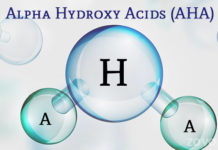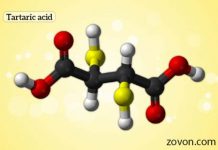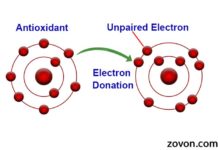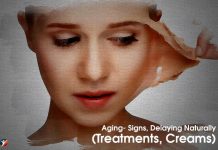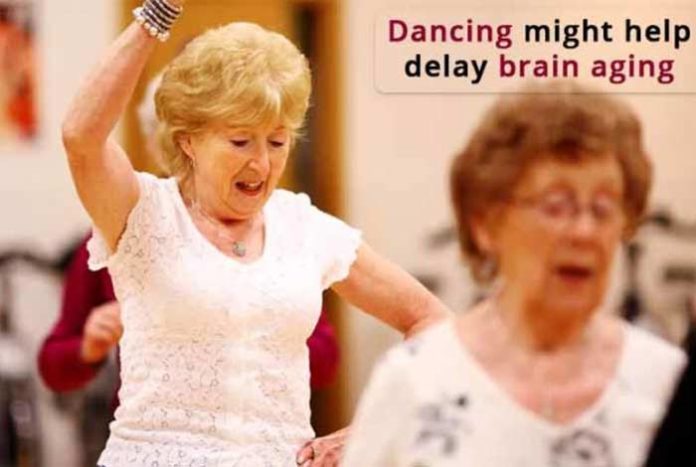
A study revealed that dancing might reverse the symptoms related to brain aging. Generally, aging induces a number of brain changes, including decline in communication between the brain cells, decrease in brain tissue, and a reduction in blood flow in the brain. All these changes can interfere with memory, thinking ability and learning.
Prior studies have indicated that indulging in physical activities in old age can help combating cognitive decline. A study reported by Medical News Today stressed that regular moderate- to high-intensity exercise can slow the cognitive decline for the people over 60.
The study involved 52 healthy adults, aged between 63 to 80 years. Each participant was randomly enrolled in two different exercise groups for nearly 1.5 years. During the study period, the first group participated in a 90-minute dancing session each week, while the second group was engaged in 90 minutes of strength-endurance exercises each week.
The researchers kept variation with respect to physical activity in each group. The dance group had a new routine every week, but the activities of the second group remained repetitive.
Dr. Kathrin Rehfeld, the lead study author, said, “We tried to provide our seniors in the dance group with constantly changing dance routines of different genres (Jazz, Square, Latin-American and Line Dance). Steps, arm-patterns, formations, speed and rhythms were changed every second week to keep them in a constant learning process. The most challenging aspect for them was to recall the routines under the pressure of time and without any cues from the instructor.”
At the beginning of the study and at the end of the 1.5 years, each subject underwent brain magnetic resonance imaging (MRI). Besides, Sensory Organization Test was employed to evaluate participants’ balance before and after the study.
The researchers discovered an increase in hippocampal volume for both the study groups. However, the dancers exhibited maximum increase. The hippocampus region (HC) of the brain is associated with emotions, memory and learning, and it is the same region that is mostly affected by age-related changes. The team also found that dancing led to improvements in the participants’ balance, whereas the strength-endurance group experienced no such improvements in balance.
Dr. Rehfeld and team speculated that the continuous learning process involved in dancing contributed towards the additional benefits to participants. The authors further stated, “We can conclude that the additional challenges involved in our dance program, namely cognitive and sensorimotor stimulation, induced extra HC volume changes in addition to those attributable to physical fitness alone.”
The study team believes that the exact relationship between physical training, dancing and brain aging must be further investigated in larger groups.
Source: medicalnewstoday.com

